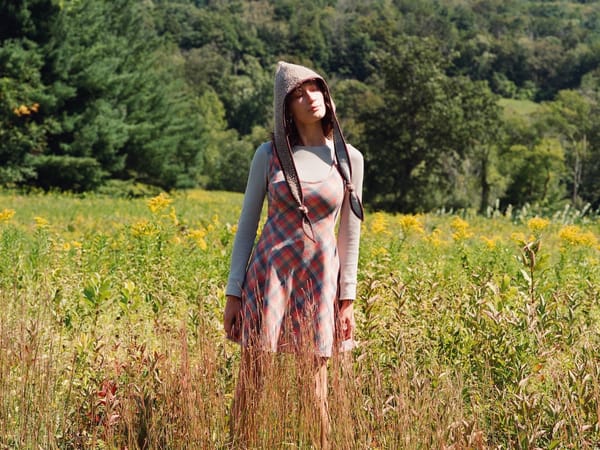House of Straw Built to Last at Spring Wind Farm
See what is likely the largest structure in the US constructed using high-density straw panels.

See what is likely the largest structure in the US constructed using high-density straw panels.

the structure was planned and made real by architect Kevin Baxter and builder Peter Jensen.
Situated on land that was conventionally farmed for over a century, Spring Wind Farm is a Buddhist retreat center unlike any other in the Hudson Valley—or anywhere in North America, for that matter. Designed by architect Kevin Baxter in collaboration with natural building expert Peter Jensen, the two-building, 10,000-square-foot complex may be the largest structure in the United States constructed using structural high-density straw panels. It’s also one of the most quietly radical.
Commissioned by the Buddhist Society for Compassionate Wisdom, the project serves as both a spiritual refuge and a prototype for a new kind of carbon-conscious construction. The group’s move from New York City to a 100-acre property in Columbia County marked a turning point in its mission—toward regenerative farming, ecological stewardship, and deep sustainability. “They wanted a building that spoke to those values,” says Baxter. “No drywall. No paint. Just the most natural modern structure we could deliver.”

The straw-panel walls at Spring Wind Farm are finished with lime plaster, forming an airtight, breathable envelope that resists mold, pests, and fire—while maintaining a net-negative carbon footprint.
That structure came together using prefabricated straw panels manufactured by EcoCocon, a European firm pioneering low-carbon, high-performance building systems. Far from rustic, the panels are engineered for structural strength, thermal mass, and airtightness. “It’s like an igloo of straw,” says Baxter. “You’re not relying on mechanical systems for comfort. The building itself is the system.”
Straw’s performance goes well beyond insulation. As a crop, it’s a carbon-sequestration powerhouse—capturing carbon dioxide from the atmosphere and storing it in the soil. When harvested and compressed into building panels, straw effectively locks that carbon away. Even accounting for transatlantic shipping (from Lithuania to New Jersey) and truck transport to the site, the building maintains a net negative carbon footprint. “You end up with a carbon bank account,” Baxter explains. “And if you’re careful, you spend less than you’ve saved.”

Straw panels used at Spring Wind Farm are currently manufactured in Europe by Ecococon, but efforts are underway to establish North American production—an essential step toward scaling this carbon-negative building technology.
The straw panels are finished with clay plaster inside and lime plaster outside—materials that are not only breathable and nontoxic, but also fire- and pest-resistant. Beneath the bare concrete floors, radiant heating is fed by rooftop solar thermal panels. Triple-glazed windows and high-performance membranes from 475 Building Supply in Brooklyn complete the airtight envelope. The result? A building that exceeds Passive House performance, even if it doesn’t carry the certification. “They’re Buddhists,” Baxter says with a smile. “They didn’t need the plaque.”
The architectural expression of the retreat center is modest but intentional. Two volumes—one residential, one communal—face each other across a courtyard where vegetables are grown and meals are shared. The restrained material palette (clay, lime, wood, straw) creates a meditative quietude, while skylights and carefully placed windows bathe interior spaces in natural light. “It’s a blank canvas,” says Baxter, noting that the residents—many of whom are artists—have begun filling the space with murals, sculptures, and everyday life.

Architect Kevin Baxter designed Spring Wind Farm as two separate structures—one residential, one communal—to accommodate differing spatial needs and improve structural efficiency, creating a courtyard-like layout at the heart of the site.
In its union of low-carbon technology and spiritual intentionality, Spring Wind Farm demonstrates that high performance isn’t just about energy—it’s about aligning materials, design, and purpose. As Baxter puts it: “This isn’t just a building. It’s a belief system, made tangible.”








